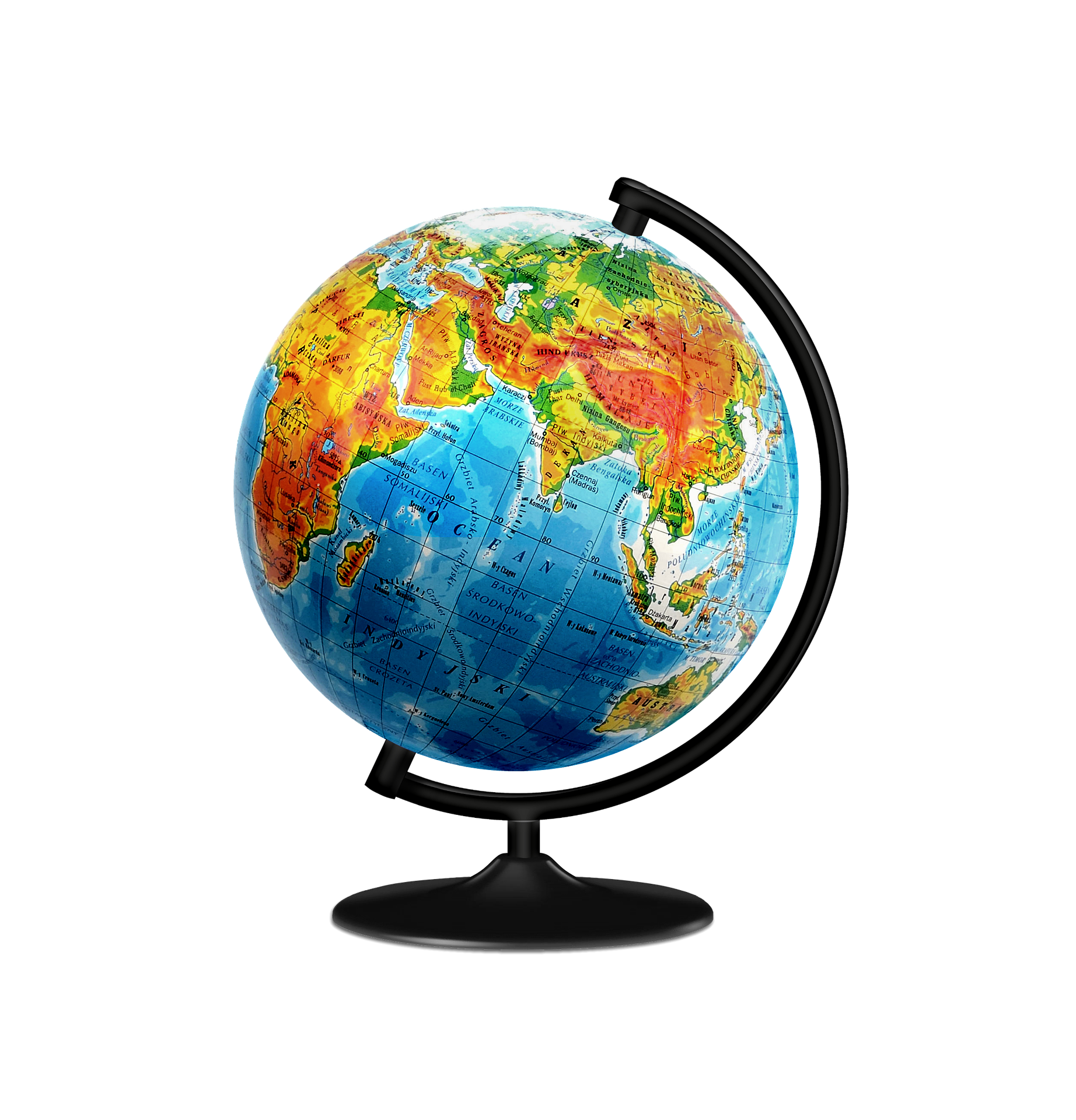Want to create interactive content? It’s easy in Genially!
Intro to GEOINT
trey hull
Created on August 22, 2023
Over 30 million people create interactive content in Genially
Check out what others have designed:
Transcript
Module 1, Lesson 1
Introduction to Geospatial Intelligence
go!
Course Objectives
By completing this module, you will be able to:
- Define the key terms and concepts used in geospatial intelligence.
- Understand the intelligence cycle.
- Explain uses of basic questions of GEOINT
- Identify the ethical concerns of GEOINT.
Lesson Introduction Video - Overview - Objectives
Key Terms
Geography
Geospatial Technology
Tradecraft
GEOINT
Geographic Information Science
Intelligence
Geospatial
Geodesy
Information that has been processed, collected, and analyzed to provide a decision advantage against an opponent or potential opponent. The term typically refers to the process and product.
Intelligence
Author Name
Sed diam nonummy nibh euismodmagna aliquam erat volutpat"
Intelligence
- Provides a “decision advantage.”
- Information that has been
- Involves a tradecraft.
- The process is often illustrated
- as a cycle.
Lesson Introduction Video - Overview - Objectives
The intelligence cycle
- The cycle is completed when decision makers provide feedback.
- Practice: pick a vignette and use the intelligence cycle to help in decision making.
- The cycle is not linear.
- The cycle describes the intelligence processing as a closed path consisting of repeating nodes.
- The stages of the intelligence cycle include the issuance of requirments by decision makers, collection, processing, analysis, and publication of intelligence.
- This initial step requires identifying intelligence requirements and setting objectives.
- Includes determines What information is needed, clarifying priorites, and allocating resources accordingly.
- Planning and direction set the stage for the subsequent steps.
Step-1: Planning and direction
Step-2: Collection
- The collection processes aims to acquire relevant and reliable information that addresses the identified intelligence requirements.
- Open sources(OSINT)
- Human intelligence(HUMANT)
- Signal intelligence(SIGINT)
- Imagery Intelligence(IMINT)
- In this step, intelligence gather raw data and information from various sources such as
- Translation
- Decryption
- Data analysis
- It may involve techniques to convert raw information into usable for for analysis, such as:
- Organizing
- Evaluating
- Filtering the data
- Once collected, the information ungergoes processing to extract meaningful intelligence, which involves:
Step-3: Processing
They analyze information in light of the objective and requirements defined in the planning stage, aiming to provide accurate and actionable intelligence.
In this step, intelligence analysts examine the processed data to derive:
- Insights
- Assess risks
- Identify patterns
- develop intellgence products
Step-4: Anlaysis and production
Step-5: dessemination
The intelligence must be effectively communicated in a timely and secure manner, ensuring that it reaches the intended recipient who can act upon it.
- Decision making
- Policy planners
- Operational personnel
The final steps require sharing the intelligence product with the appropriate stakeholders, including;
Scientific knowledge that enables geographic technologies which are applied using a tradecraft.
Involves:
Geospatial intelligence is the special professional practice of intergrating and interpreting all forms of geospatial data to create historical and anticipatory intelligence products used for planning, or that anser questions posed by decision makers.(Murdock and Clark, 2016)
Many definitions, some defined in US law In this course we will use :
GEOINT
- Location
- Region
- Scale
- Distance
- Distribution
- Spatial Association
- Movement
- Spatial change over time
- Spatial interaction
Basic questions of GEOINT
Where is something found?
#1 Location
A foundation of GEOINT is understanding the power struggles over places. This includes the regional aspectss of rivalries.
What areas have common features?
#2 Region
What is the small or large scale activity in an area.
#3 Scale
How far is something from something else?
#4 Distance
What makes something occur in the same areas?
#5 Distribution
Why are events clustered around a feature?
#6 Spatial association
What areas were affected by the movement?
#7 Movement
How have characteristics of a place changed over a period?
#8 Spatial change
What is the relationship between things and the degree they influence eachother?
#9 Spatial interaction
GEOINT uses interrelated sciences, technologies, and a tradecraft to solve problems related to the 9 questions.
What makes GEOINT unique?
- Geography
- Cartography
- Geodesy
- Cognitive neuropsychology
GIS seeks to understand the funamental issues raised from the use of geospatial technologies. Though influenced by, and influencing many fields of study the cornerstones of GIS are:
Geographic Information Systems
the study of the Earth and of human activity as it affects and is affected by these.
Geography
The science and practice of map making
Cartography
- Geometric shape
- Orientation in space
- Gravitational field
The science of accurately measuring and understanding three fundamental properties of the Earth as well as the changes of these properties with time
Geodesy
The study of the mind, in relation to how people think about spatial relationships, analysis, as well as how these thoughts and understanding influence spatial perception.
Cognitive neuropsychology
- Global positioning systems
- Remote sensing
- Geographic Information Systems
Modern tools contributing to thegeographic mapping and analysis of the Earth and human societies.
Geographic technologies
Skills: Expertise in relevant disciplines(political, economic, military, or technological, among others). In geospatial intelligence, expertise in geography, relevant culture, and remote sensing technologies.
Techniques: Evaluating source information and combining sources. Understanding the sources and methods unique to intelligence collection. Dealing with incomplete and misleading information, and for government analysts, dealing with classified material and denial and deception
Methods: The steps of problems or issue definition, developing hypotheses and assumptions, applying accepted analytic methodologies, and formulating and presenting ideas.
A set of methods, techniques and skills that form the science and art of producing intelligence.
Tradecraft
- Bulleted list
- Bulleted list
Some sources for geospatial data
Geospatial
Pertains to the relative position of things on the Earth's surface.
Geography
The study of the earth and of human activity as it affects and is affected by these.

